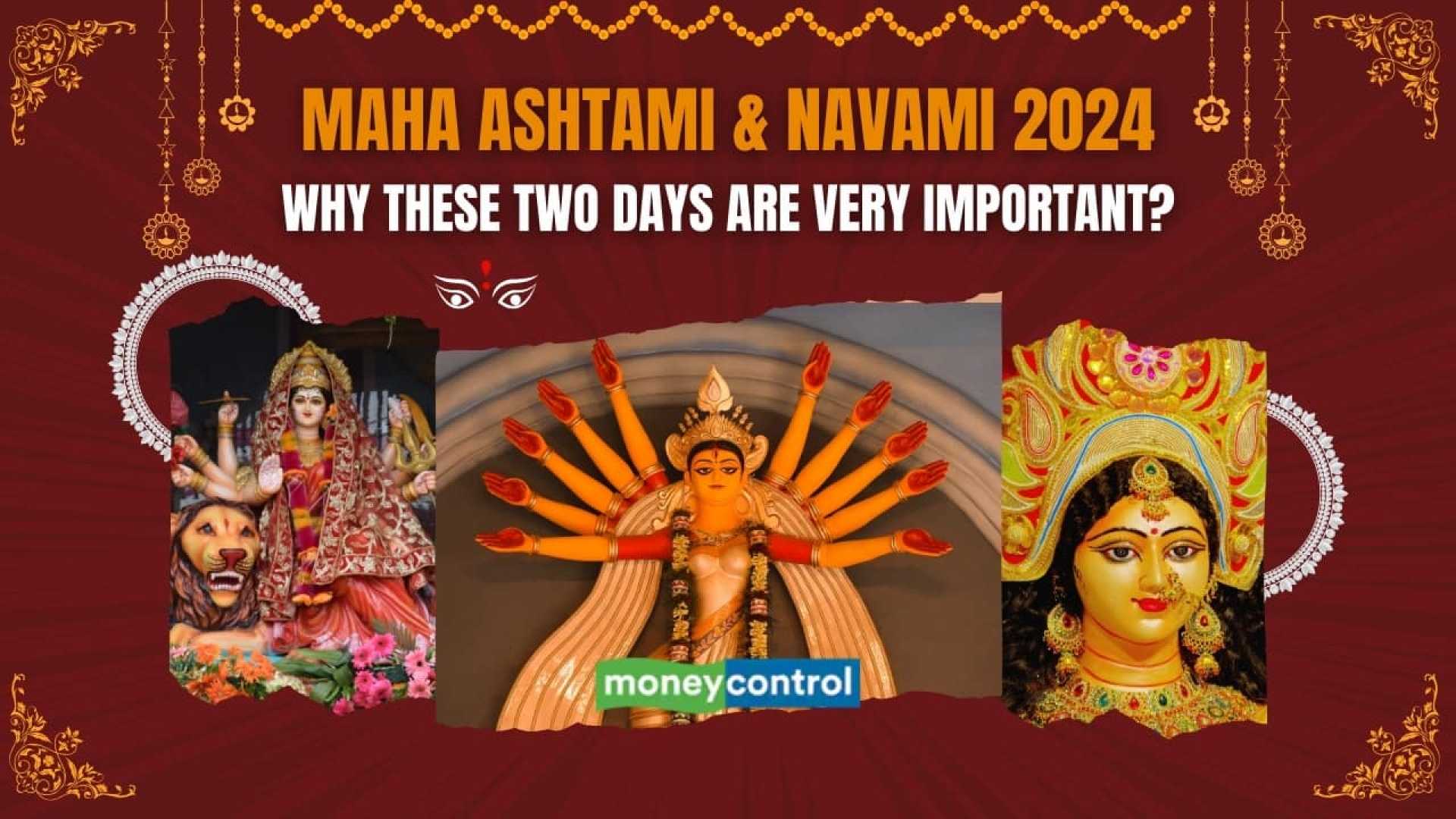News
Durga Ashtami and Maha Navami 2024: Significance and Rituals

The Hindu festival of Shardiya Navratri, marking the nine-day worship of the divine feminine power embodied by Goddess Durga, reaches its peak with Durga Ashtami and Maha Navami. These days hold immense religious significance and are celebrated with great fervor by Hindus around the world.
This year, in 2024, the festival commenced on October 3, while the five-day Durga Puja celebrations began on October 9. The festivities are set to conclude on October 12, coinciding with Vijayadashmi, also known as Dusherra. “These are the days that truly embody the spirit of victory of good over evil,” explained a local priest involved in the ceremonies.
The festivals fall during the Hindu month of Ashwin, which usually aligns with September and October in the Gregorian calendar. Durga Ashtami and Maha Navami will both be celebrated on October 11, as confirmed by the Drik Panchang, a widely referred Hindu almanac used for determining religious events and timings.
Maha Ashtami, or Durga Ashtami, is observed with significant rituals including Mahasnan and Shodashopachar Puja. Here, nine small pots symbolizing the nine goddesses or Shaktis of Durga are worshipped. The ritual of Kumari Puja, where young unmarried girls are revered as embodiments of the goddess, is also a highlight of the day. Sandhi Puja, a sacred junction of Ashtami and Navami Tithis, is regarded as the most auspicious time during the entire celebration.”
On Maha Navami, the final day of Durga Puja, Goddess Durga is venerated as Mahisasuramardini, the destroyer of Mahishasura, the buffalo demon. Rituals begin with Mahasnan and Shodashopachar Puja, emphasizing the spiritual defeat of evil. “The rituals performed during Navami honor the victory of the divine,” noted a religious scholar specializing in Hindu festivals.
Distinct colors are associated with each day of Navratri to deepen the spiritual experience. On Navami, wearing purple symbolizes luxury and richness, bestowing blessings of prosperity upon the worshippers.
The vibrant celebration of Durga Puja and Navratri not only marks a period of spiritual reflection and communal harmony but also represents the cultural heritage of India. Both days culminate into Dusherra, marking the end of the festive celebrations with a symbolic triumph of good over evil.












